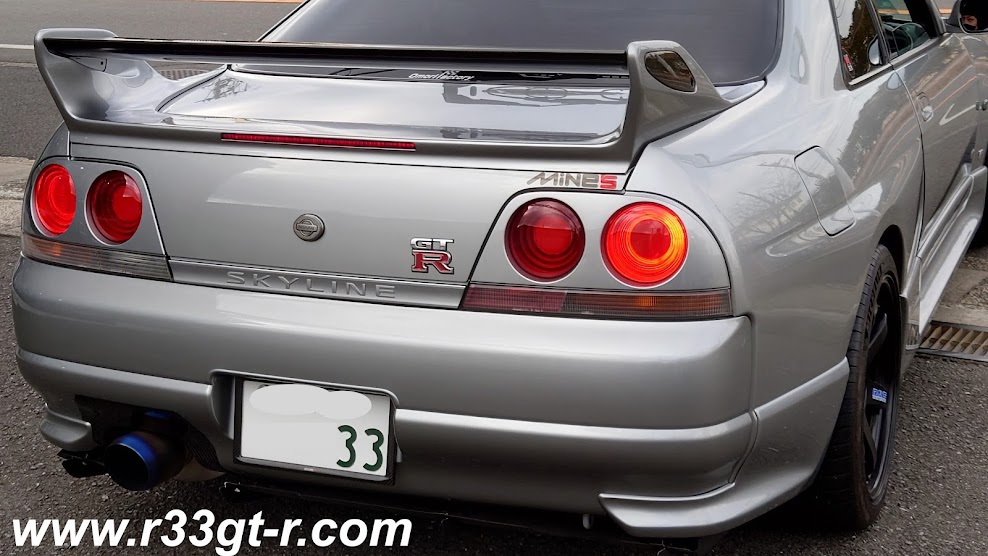In any case, the loudness does me no favors - if I want to leave my house early, or come home late, it wakes up the neighbors. Of course I use the Tomei supplied bung, but it still doesn't really quiet it to the level of a regular road car. And of course, the bung defeats the purpose of a race exhaust, as it means I run around with a half blocked exhaust.
Of course I'd run the car without the bung, and the response is noticeably improved. It makes the connection between right foot and engine, extremely direct.
So basically, I got tired of the compromise known as the "exhaust bung"
This lead me to some research. I quickly learned that A'PEXi had produced a manual, wire operated "Exhaust Control Valve":
However, not only is there no cool factor, but the prospect of having to drill a hole somewhere, plus the need to always think about whether the valve was fully open or closed, was too much for me. I needed something automatic.
And then I saw an article in GT-R magazine for a product that appeared to be designed for the R35 - the Blitz E-ESC.
Basically, this is a fully programmable, motorized exhaust valve - it combines a motorized version of the A'PEXi valve:
 |
| From: http://www.blitz.co.jp/products/exsystem/eesc/e_esc.html |
So off to Be Ambitious, where Ninomiya-san did his usual great job. I also consulted him for some other work, which will likely end up done and thus posted to this blog.
 |
| The view tonight as I picked up the car |
 |
| There was also something else very weird he was working on.... |
However, at 0% the valve is closed, and the only avenue for the exhaust to escape is a small hole:
He felt that running around with the valve in this position, would cause premature wear on the engine, with the increased back pressure. There would be no advance warning either.
So he set up the device so that it would fully open at 1200 rpm. Granted, my idle is about 900-1000 rpm, so this device is closed at 0% only when I am idling, at a stop light. As soon as I step on the gas, the valve opens up to 100%.
I don't have a sound clip yet, but from driving the car home tonight, yes the car is ridiculously quiet at red lights. In fact so quiet if I didn't hear the engine noise I would wonder if the car was on. I played with the unit a bit, and while 0% is extremely quiet, at 15%, even 20%, the car is quieter than before with the bung inserted. So if 0% puts a stress on the engine, maybe 15-20% is the way to go?
The irony, of course, is that in parking the car, I have to step on the accelerator to get the car to back into my garage. This raises the RPMs to above 1200, which results in the full roar of the exhaust. My wife confirmed that, from inside the house, she did not notice any difference as compared to before.
In any case - my plan for the moment is to set the device to open fully at 1200 RPMs (or should it be a higher number?), but also to set the minimum value at 15% or 20%. What do you guys think - will this result in premature wear to my engine? Or is this relatively harmless? Maybe there is a way I can program it so it only goes to 10% or less when I need it to....
Let me know your thoughts, please!


















